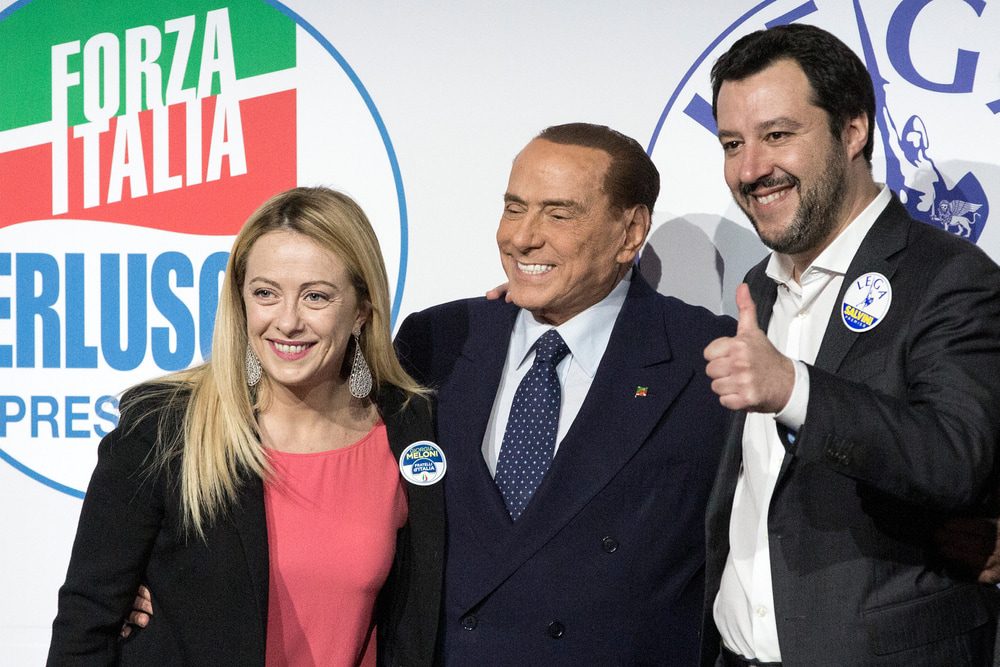On January 24th, a vote will be held to elect a new President of the Italian Republic to replace Sergio Mattarella. It is up to the Parliament to elect the president—a figure whose authority extends beyond the political parties, one who arbitrates Italian political life and appoints the Prime Minister in accordance with the Constitution.
The choice for the Italian president is the result of complicated negotiations between the different parties. In recent years, the position has remained in the hands of the centre-left, but the right-wing, which nowadays has a relative majority, may be able to win the vote for the first time since the demise of the Christian democracy in the 1990s.
There are several leading candidates in the race, making the game quite complex.
Former Prime Minister and businessman Silvio Berlusconi, 85, has announced his firm intention to run for the top job. Current head of government Mario Draghi is also in the running. The problem is that the election of Mario Draghi, who would go from prime minister to president, risks shattering the fragile coalition that is currently holding on to power and which owes a great deal to his person. Italy is experiencing one crisis after another and political dysfunction. Banker Mario Draghi managed to form a unitary government in February 2021, which could easily falter at any moment.
Each of the parties is plagued by internal divisions. The leader of the 5 Star Movement, former Prime Minister Giuseppe Conte, would like to push for a woman candidate, but other members of his party prefer to support the re-election of Sergio Mattarella. The same debates are taking place in the centre-left Democratic Party, which is hesitating between supporting Draghi and convincing Sergio Mattarella to run for a second term, something he has no intention of doing now. They believe that keeping the current president in office would have the merit of preserving a semblance of balance.
On the right, the situation is just as confusing. Berlusconi dominates the media space but is not guaranteed a majority. He apparently has the support of Giorgia Meloni, the representative of Fratelli d’Italia, as well as Matteo Salvini, the leader of the League, but the two right-wing leaders are only paying lip service to him. Berlusconi has invited the two politicians to a meeting on Friday, January 14th, to work out, if possible, a joint strategy. By their own admission, Meloni and Salvini are considering a Plan B. Berlusconi is extremely determined, but an alternative candidacy would have the merit of rallying some votes from the Democratic Party and the 5 Star Movement, which Berlusconi is unable to do.
Once again, Italian political life functions to the rhythm of fragile and hard-won compromises. The presidential election is not the only place where there is a deadlock. The latest debates on health policy have proved this: the League ministers have blocked new provisions on compulsory vaccination. The disagreements within the coalition recently forced Mario Draghi to settle for a compulsory vaccination for the over-50s only. The latest polls give Draghi 21%, ahead of Berlusconi at 17%. If Mario Draghi is elected, the question arises as to who will replace him as Prime Minister, given that the next elections will not be held until 2023. For the moment, there is no clear perspective.






